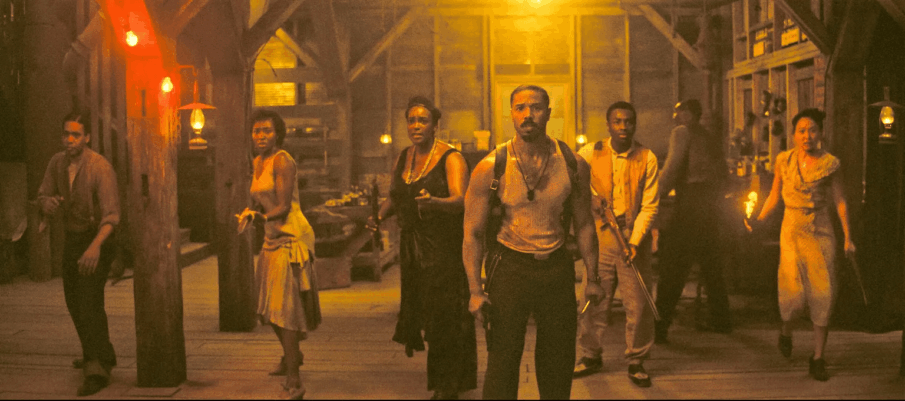Much has been said about the vampyr, that evergreen fixation.
The blood-sucking hellspawn is a pliable metaphor, useful for holding the fear of an age. He can symbolize a certain sexual terror, as we most recently witnessed in Robert Eggers’ Nosferatu. Or, as Taika Watiti showed us for several delightful seasons on Hulu’s What We Do in the Shadows, the vampire can stand in for a general misfitry, a creature who’s only at home in a house full of fellow weirdos with unruly desires.
Unless you’ve been living under a rock, you’ll know that Ryan Coogler, the auteur director behind Black Panther, has entered the chat with a new spin on the myth. In Sinners, the summer blockbuster we deserve, a Depression-era Black community in the rural South is bedeviled by vampires—but it’s not precisely blood that this coven craves. Coogler dwells on the vampire’s colonial missionary aspects. As these bloodsuckers convert, they also steal.
The movie walks a tonal tightrope. Coogler evokes a scrappy, revisionist South that owes something to Zora Neale Hurston, Alice Walker, and Quentin Tarantino. If you’re like me and dug this gumbo A Lot, here’s what to read next.
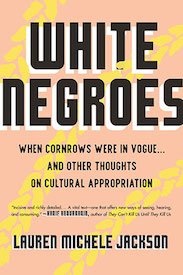
Lauren Michele Jackson’s White Negroes: When Cornrows Were In Vogue, and Other Thoughts on Cultural Appropriation
The essays in this slim collection take cultural appropriation as the jumping off-point. Through close reads of an archetypal “Pop Star,” “Activist,” and “Hipster,” Jackson examines “the desire for black culture by people who are not black.”
Writing in 4Columns, the critic Lake Micah observed that this book can be read as a response to an antecedent anthology, Everything But the Burden: What White People are Taking From Black Culture. This collection includes musings on cultural appropriation from Hilton Als, Beth Coleman, Robin Kelley, and Arthur Jafa, among other great thinkers.
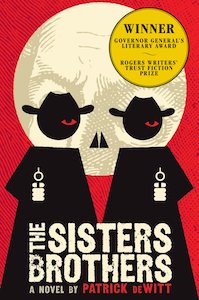
Patrick DeWitt’s The Sisters Brothers
Here we have log line similarity. Two brothers with dubious employment hatch violent schemes, to the end of making a heaven on earth. Though these assassins are white Southerners—and there’s nary a vampyr in sight—they share with the Sinners twins a complementary co-dependence, an offstage, abusive father figure, and a real respect for gold.
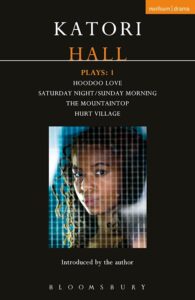
Katori Hall’s Hoodoo Love
This Memphis-born, much feted playwright is no stranger to Depression-era blues, nor a character that’s larger than the juke joint they came up in. (Hall is the mind behind P-Valley on Starz, which she adapted from her play of roughly the same title.) This “tale of love, magic, jealousy, and secrets” follows Toulou, who escapes from the Mississippi cotton fields in the 1930s to pursue her dream of singing the blues in Memphis.

Victor LaValle’s The Ballad of Black Tom
LaValle is one of our strongest literary horror writers. The way he braids genres and subverts and honors magical tropes is consistently surprising. This disquieting Jazz Age tale follows a hustling musician who awakens a beast when he “delivers an occult tome to a reclusive sorceress in the heart of Queens.” Expect Black magic.
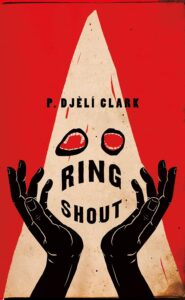
P. Djèlí Clark’s Ring Shout
This dark historical fantasy novella has been described as sitting squarely on a continuum between Ralph Ellison’s Invisible Man and Buffy the Vampire Slayer. So, safe to say that Sinners is in the neighborhood. A true Southern Gothic replete with body horror, this story follows Maryse, a young monster-hunter, on a quest to decimate a Ku Klax Klan with supernaturally demonic powers.
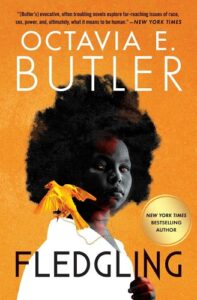
Octavia Butler’s Fledgling
No neo-vampire reading list would be complete without a nod to the late Butler, who took on bloodsuckers in her last published book. Characteristically inventive, this novel follows Shori, a vampire with amnesia who sets out to reconstruct her dark past. A lot of Butler’s books would make nice Sinners companion reading. Here as elsewhere, themes include the burden of being othered.
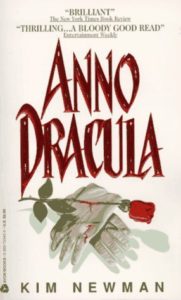
Kim Newman’s Anno Dracula
Set in an alternate history where Count Dracula married Queen Victoria and ruled the empire, creating a class of vampiric elite, this pastiche-heavy, dazzlingly playful novel picks up where Bram Stoker left off. It’s the first in a series that makes a “lavish collage of vampire lore.”
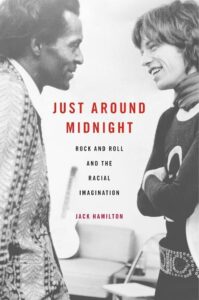
Jack Hamilton’s Just Around Midnight: Rock and Roll and the Racial Imagination
Another heady one for the theorists, or any viewer who’d like a longer explanation of Preacherboy’s fever dream sequence on the dance floor. This book, which makes a nice companion read to this podcast, offers a useful chronology for any viewer looking to locate the crossroads of Appalachian folk music and Delta Blues.
Through this lineage, Hamilton traces how certain Black musical forms and artists were swallowed by a whiter rock n’ roll. And you’ll note the vampire-friendly timestamp in the title.
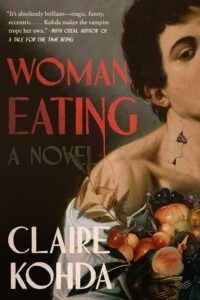
Claire Kohda’s Woman, Eating
This contemporary vampire novel also finds echos of colonialism in Dracula’s fangs. Lydia is a “frustrated foodie” who yearns to eat the Japanese cuisine of her father’s homeland. But she can’t stomach anything but blood, due to being undead.
This literary fiction is concerned with thwarted desires, and finely depicts a person straddling several identities while feeling at home in none. Like Coogler, Kohda also does a lot of mixing around the usual lore.
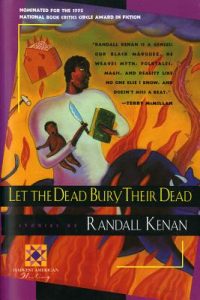
Randall Kenan’s Let the Dead Bury Their Dead
The late Randall Kenan wrote about a magical, slippery South. This jewel box of short stories, set in a fictionalized Carolina town, includes hauntings, mediums, talking animals, and—you guessed it—a mad preacher who incites a zombie uprising. Like Coogler, Kenan is interested in the dark side of Southern folkways, and inventive modes of Black survival.

